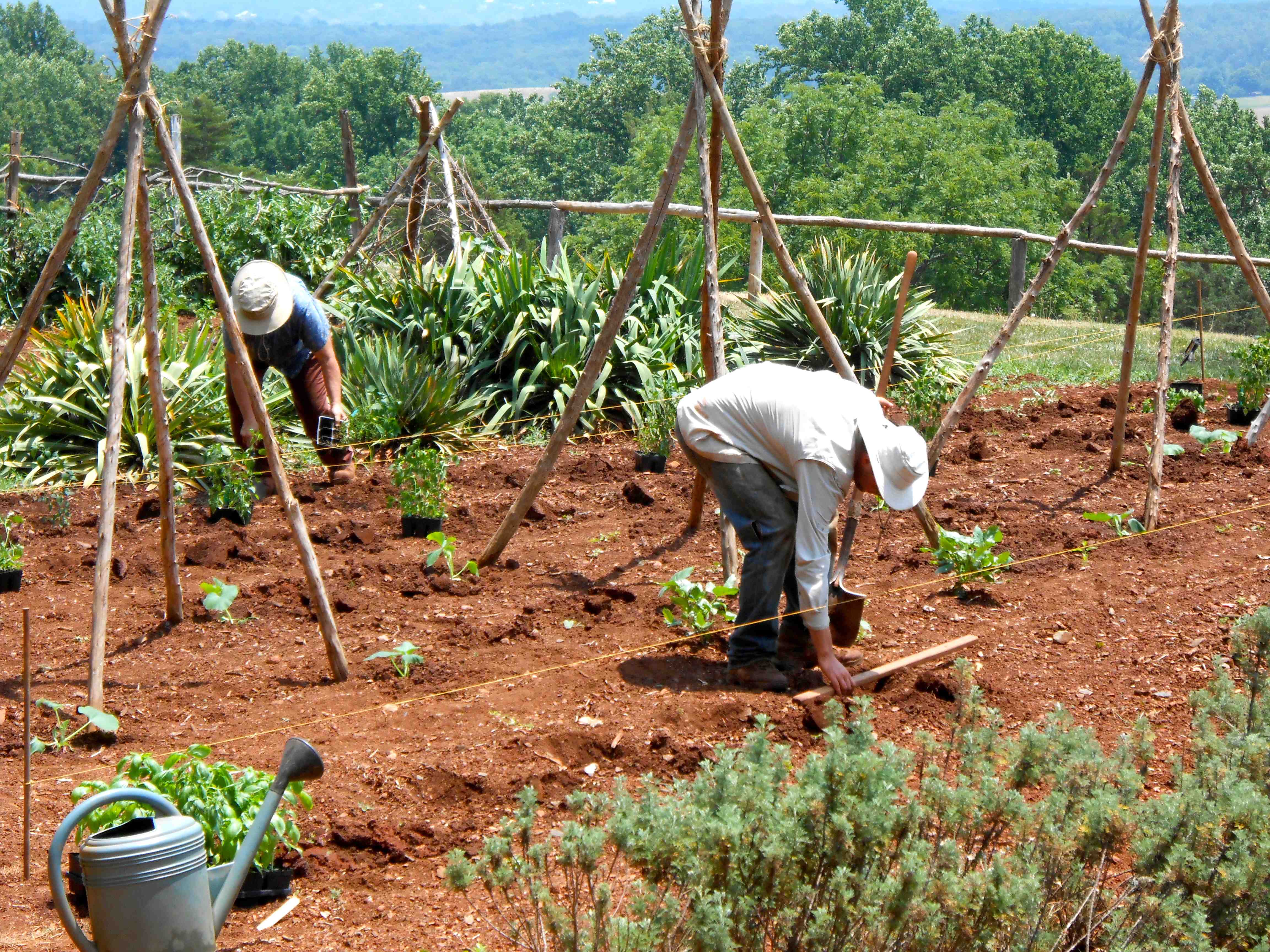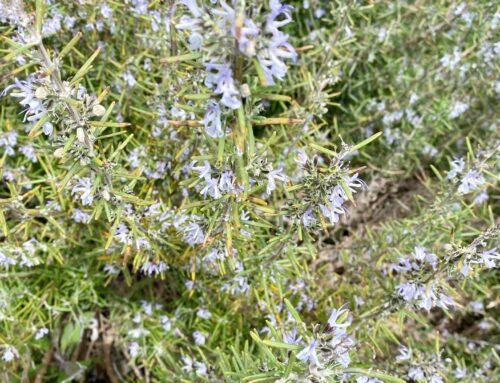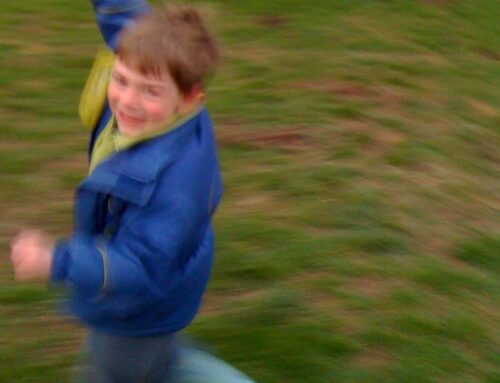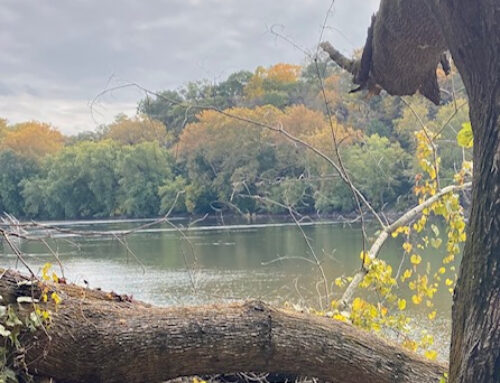
Jefferson’s 1,000 foot vegetable garden, literally hand-dug out of the side of the mountain over several years by slave labor. Here, he experimented with seeds from all over the world, over 300 varieties in all. On my visit, artichokes, beans and tomatoes were in full splendor.
On August 23rd, 1785, in a letter to John Jay, Thomas Jefferson wrote:
| “Cultivators of the earth are the most valuable citizens. They are the most vigorous, the most independent, the most virtuous, & they are tied to their country & wedded to its liberty & interests by the most lasting bands.” (click here to see the complete letter) |
217 years later, America suddenly agrees with this sentiment more than ever. Homesteading, the act of self-reliantly returning to the land, is experiencing a renaissance. Farmers markets are enjoying unprecedented popularity, and demand for local food currently exceeds supply. In short, the same values that Jefferson appreciated in his lifetime are -at long last- being celebrated by the rest of the world. Clearly, the man was ahead of his time, but two centuries of advance warning tips the scale of prescience.
On July 3rd, 2012, my family and I visited Jefferson’s home and farm, Monticello, a scenic two hour drive from my farm. Here’s a short photo essay that adds 21st century insight to 18th century Jeffersonian wisdom.

As an organic livestock farmer, I wanted to know all about the animals Jefferson raised at Monticello. In addition to the three species pictured above, chickens were raised for meat and eggs, milk cows for dairy, and fish were kept on the mountaintop through use of “live wells.”

The smokehouse is where meat was preserved, with the aid of salt and hot smoke. Animals were raised in nearby Poplar Forest, then herded to Monticello for slaughter. An avid gardener, Jefferson considered meat a “condiment” to his primary daily dishes: vegetables.

From the kiosk: “Pests made meat preservation difficult. To protect against insects, hams hanging from the ceiling joists were sometimes wrapped in linen bags or covered with ash.” Yikes. I’m very, very glad that the meat we sell is vacuum packed and frozen.

The garden might be perfectly situated to capture sun and avoid frost and freezes, but once excavated, the mountainside had to be fertilized annually. Jefferson brought dozens of carts of animal manure up the side of the mountain each year to help remineralize the rocky, clayey soil, recognizing the cycle between animals, vegetation, and an abundant harvest.

As the temperatures soared, we headed underground for some natural, geothermal cooling. Here, Jefferson kept his beer and cider, two staples of early colonial life.

Back outside, hops flourish in the bright July sun. My guide told me that Martha Jefferson was in charge of brewing beer, and that hops like these played a pivotal role in Monticello’s reputation as an excellent place to quaff a pint.

From his garden pavilion (historically recreated), Jefferson was able to view his vineyards, orchards and berries. Like his vegetable garden, he planted hundreds of varieties of fruits, pressing the grapes and tree fruits into wine, ciders and liqueurs. In 1823, after entertaining General Lafayette and his 50 member British entourage for 10 days, Jefferson remarked to his staff: “We’ll need to replenish the red wine.”

Known as the ‘Nickel View’ (the scene minted on the back of the 5 cent coin), Monticello prepares for the 4th of July. Here, crews move chairs for the celebration, where dozens of people will take the oath to become naturalized United States Citizens. Life, liberty & the pursuit of sunstroke.

Toe to toe, nose to nose. Jefferson and I are/were the exact same height (6′ 2 1/2”), attended the same college, and consider ourselves, above all other titles, farmers. On his census form late in life, Jefferson listed his occupation as “Farmer.” Now that, my friends, is some heavy-duty modesty.

As I stopped by his grave, the words of my tour guide echoed: “Jefferson was our first holistic farmer. He believed in the interconnected relationship of soil, plant and animal health, and asserted that the smallest blade of grass demanded his full attention.” Jefferson was fascinated with even miniscule details, understanding the importance of interconnectivity on all levels. I smiled as a blue-tailed skink (the tiny lizard between the T and H) crawled down the obelisk. Small? Barely noticeable? Yes. That’s often how great things begin. Take the Declaration of Independence for example.

Last but not least, my son was consoled by the fact that, as a boy, Thomas Jefferson had freckles just like his. “Who knows,” I told him, “maybe since you both have freckles, you’ll grow up to be the President of the United States. Or better yet, a farmer.”









Leave a Reply